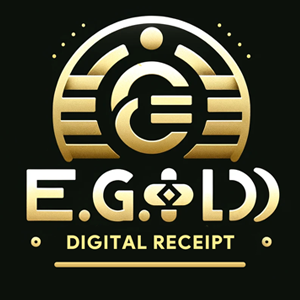Purchasing gold is one of the oldest and most reliable investment strategies, offering security and a hedge against inflation. Buying gold with a credit card adds an extra layer of convenience and flexibility, allowing you to acquire precious metals without immediate cash on hand. However, the process involves some key considerations. Here’s an in-depth guide to help you navigate buying gold with a credit card.
Why Buy Gold with a Credit Card?
Credit cards provide a fast and secure payment method for acquiring gold. Here are some of the key advantages:
- Convenience: Quick and easy transactions without the need for cash or bank transfers.
- Rewards and Benefits: Depending on your credit card, you can earn points, cashback, or travel rewards.
- Security: Credit card payments often include fraud protection, offering peace of mind.
- Financing Flexibility: You can purchase gold and pay it off over time if your card offers a manageable interest rate.
While the benefits are enticing, there are considerations such as fees, credit limits, and interest rates that may impact your decision.
How to Buy Gold with a Credit Card
1. Choose a Reputable Dealer
Start by identifying gold dealers that accept credit card payments. Reputable dealers often have secure websites and a solid track record of customer satisfaction. Look for platforms like EE.Gold, APMEX, JM Bullion, and SD Bullion, which support credit card transactions.
2. Decide on the Type of Gold
Gold is available in various forms, including coins, bars, and jewelry. Coins and bars are the most popular for investment purposes due to their purity and recognition. Decide on the type and quantity of gold that fits your investment goals.
3. Check for Fees
Most gold dealers charge a credit card processing fee, typically ranging from 2% to 4%. This fee covers the transaction cost imposed by credit card companies. Make sure you factor this into your total purchase cost.
4. Verify Credit Limits
Ensure your credit card has enough available credit to cover the purchase, including any processing fees. If your credit limit is insufficient, consider splitting the transaction across multiple cards or arranging alternative payment methods.
5. Complete the Transaction
- Add your selected gold products to the cart.
- Choose “Credit Card” as your payment method at checkout.
- Enter your credit card details securely on the dealer’s payment page.
- Confirm the transaction and retain a receipt for your records.
Advantages of Using a Credit Card for Gold Purchases
- Speed: Transactions are processed instantly, ensuring you lock in current gold prices.
- Global Accessibility: Credit cards enable international purchases from dealers worldwide.
- Enhanced Security: Transactions are encrypted, and chargebacks are available if issues arise.
Potential Drawbacks
- Fees: Credit card processing fees can increase the overall cost of your purchase.
- Interest Rates: Carrying a balance on your card can lead to high-interest payments, reducing the benefits of your gold investment.
- Limits: Large gold purchases may exceed your credit card limit, necessitating alternative arrangements.
- Cash Advance Restrictions: Some credit card companies classify gold purchases as cash advances, which come with higher fees and interest rates.
Tips for a Successful Purchase
- Use a Rewards Card: Maximize benefits by using a credit card with cashback or travel rewards.
- Check Policies: Review the dealer’s refund, shipping, and payment policies before purchasing.
- Compare Prices: Shop around to find the best deals, factoring in fees and shipping costs.
- Pay Off Your Balance Quickly: To avoid interest charges, pay off your credit card balance as soon as possible.
Frequently Asked Questions
Can I buy gold with any credit card?
Most major credit cards, including Visa, Mastercard, and American Express, are accepted by gold dealers.Do all gold dealers accept credit cards?
No, not all dealers accept credit card payments due to processing fees. Check the payment options on the dealer’s website.Are there additional fees for using a credit card?
Yes, dealers often charge a processing fee of 2% to 4% for credit card payments.Is it safe to buy gold with a credit card online?
Yes, as long as you use a reputable dealer with secure payment gateways.What is the largest amount of gold I can buy with a credit card?
The limit depends on your credit card’s available credit and the dealer’s maximum transaction limits.Can I return gold purchased with a credit card?
Returns are subject to the dealer’s policies. Check their refund and exchange terms before buying.Do I earn rewards when buying gold with a credit card?
Many credit cards offer rewards like cashback or points for purchases, including gold.Are gold purchases considered cash advances?
Some credit card issuers classify gold purchases as cash advances, which can incur additional fees. Check with your issuer.What should I do if my transaction is declined?
Contact your credit card issuer to resolve any issues or increase your limit.Is it better to buy gold with a credit card or bank transfer?
Bank transfers often have lower fees but take longer to process. Credit cards offer speed and convenience at a higher cost.
Using Credit Cards for Gold Investment Strategies
Buying gold with a credit card can fit seamlessly into a broader investment strategy. By leveraging the convenience of credit cards, investors can quickly respond to market opportunities, such as price dips, while enjoying the flexibility of deferred payments. Here’s how to maximize the advantages of credit card payments in your gold investment journey.
Timing Your Purchases
Gold prices fluctuate based on global economic conditions, supply, and demand. Credit cards allow you to act swiftly when prices drop, ensuring you secure the best possible rate. This is particularly useful during periods of economic uncertainty, when gold often sees increased demand as a safe-haven asset.
Diversifying Payment Methods
While credit cards are an excellent tool for purchasing gold, it’s wise to diversify your payment methods. Use credit cards for smaller purchases or urgent buys, and consider bank transfers or wire payments for larger transactions to minimize fees.
Using Credit Cards for Incremental Investing
Credit cards enable investors to purchase smaller quantities of gold incrementally. This dollar-cost averaging strategy spreads out your investment over time, reducing the impact of price volatility. For instance, you might purchase a gold coin or small bar monthly using your credit card, gradually building your portfolio.
How Credit Card Rewards Enhance Gold Purchases
Credit card rewards programs offer an additional incentive for using this payment method. Depending on your card’s rewards structure, you can earn cashback, travel points, or other perks on your gold purchases. Here’s how to make the most of your rewards:
Choose High-Reward Cards
Opt for credit cards with robust rewards programs, especially those offering higher percentages for online or luxury purchases. Cashback cards can effectively reduce the cost of your gold investment, while travel rewards can fund future trips.
Redeem Rewards Strategically
Apply cashback rewards directly to your credit card balance, offsetting fees or interest charges. Alternatively, redeem travel rewards to reduce out-of-pocket expenses for attending gold expos, auctions, or dealer locations.
Avoid Overspending
While rewards are enticing, avoid overspending just to earn points. Focus on purchasing gold that aligns with your investment goals and budget.
The Role of EE.Gold in Streamlining Credit Card Gold Purchases
EE.Gold is at the forefront of simplifying gold purchases with credit cards. By partnering with trusted dealers and integrating secure payment systems, EE.Gold ensures a seamless experience for buyers. The platform provides transparency in fees, pricing, and product availability, empowering investors to make informed decisions.
Benefits of Using EE.Gold
- Wide Selection of Products: Access a curated range of gold coins, bars, and jewelry.
- Secure Payments: Advanced encryption and fraud protection for credit card transactions.
- Real-Time Pricing: Lock in competitive gold prices instantly.
- Comprehensive Support: Assistance with transaction issues and investment advice.
Common Mistakes to Avoid When Buying Gold with a Credit Card
Ignoring Fees
Credit card processing fees can significantly impact the total cost of your gold purchase. Always calculate these fees beforehand and compare them with alternative payment methods.
Overextending Credit
Purchasing more gold than you can afford to pay off can lead to high-interest debt. Stick to a budget and prioritize paying your balance in full each month to avoid unnecessary costs.
Neglecting Dealer Research
Not all gold dealers are reputable or secure. Verify dealer credentials, customer reviews, and payment policies before completing a transaction.
Missing Fine Print
Read the terms and conditions associated with both the dealer and your credit card. Look for hidden fees, such as cash advance charges, or restrictions on refunds and exchanges.
Practical Example of Buying Gold with a Credit Card
An investor with a rewards credit card decides to purchase a one-ounce gold coin priced at $1,900. The dealer charges a 3% credit card processing fee, bringing the total cost to $1,957. By using a credit card offering 2% cashback, the investor earns $39 in rewards, effectively reducing the overall fee impact. The investor pays off the card balance within the billing cycle to avoid interest charges, optimizing both cost and convenience.
Future Trends in Credit Card Gold Purchases
As e-commerce and digital payments continue to grow, the integration of credit card transactions in the gold market is expected to expand. Here are some emerging trends:
Increased Use of Digital Wallets
Many credit cards are now compatible with digital wallets like Apple Pay, Google Pay, and PayPal. These options provide added security and convenience for online gold purchases.
Enhanced Security Measures
Dealers are adopting advanced security technologies, such as two-factor authentication and tokenization, to protect credit card transactions. These innovations ensure a safer buying experience.
Broader Acceptance of Cryptocurrency-Linked Cards
Crypto-based credit cards are becoming more prevalent, allowing users to convert cryptocurrency to fiat currency instantly for purchases. This opens up new possibilities for tech-savvy investors who hold both digital and physical assets.
Building a Balanced Portfolio with Gold
Gold remains a cornerstone of diversified portfolios due to its stability and intrinsic value. Using a credit card to acquire gold offers a unique combination of convenience, flexibility, and potential rewards. By understanding the nuances of this payment method and following best practices, you can enhance your investment strategy and achieve financial security.
Whether you’re a seasoned investor or a first-time buyer, leveraging the power of credit cards for gold purchases can be a smart and effective way to build wealth. Platforms like EE.Gold ensure a seamless and secure process, helping you focus on what truly matters—growing your portfolio and safeguarding your financial future.
NOTE
This Content is the copyrighted content of EE.GOLD. All rights are reserved. You are welcome to share or use our content only by including direct links to our website. Any other form of reproduction, distribution, or use without proper attribution is strictly prohibited.
This Content is intended solely for educational purposes. The information provided does not constitute financial or investment advice.
Please note that Digital Storage Receipt, Secure Storage Solutions, and Physical Gold Sales are the only services offered by EE.GOLD.
We strictly adhere to government regulations and are firmly against all illegal financial or investment activities globally.
For further inquiries, feel free to contact us through our official channels.

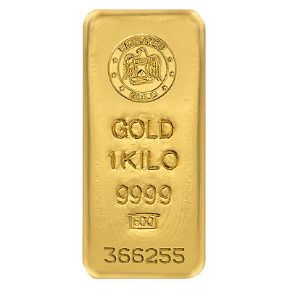
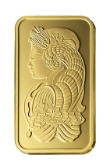

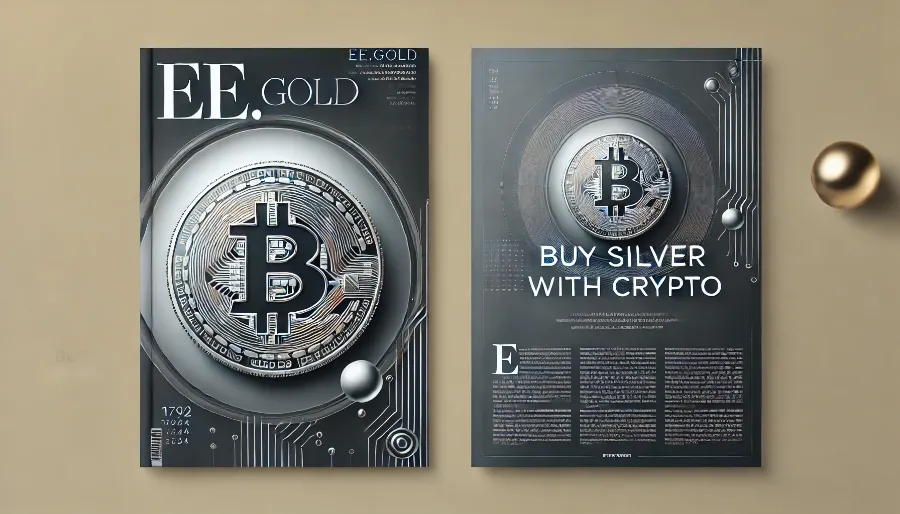
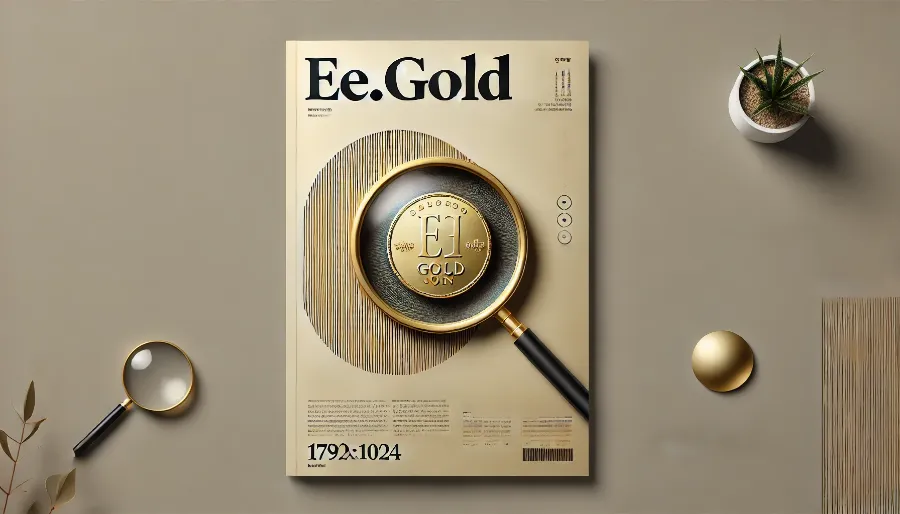
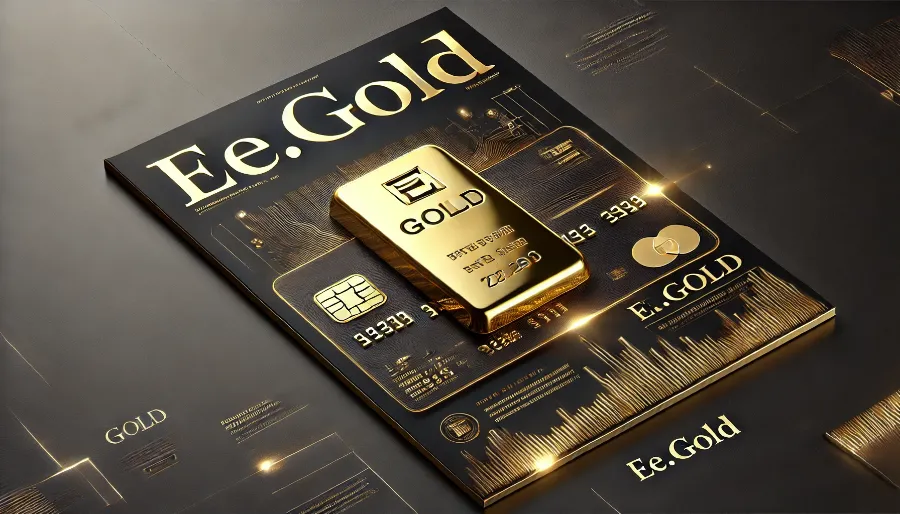
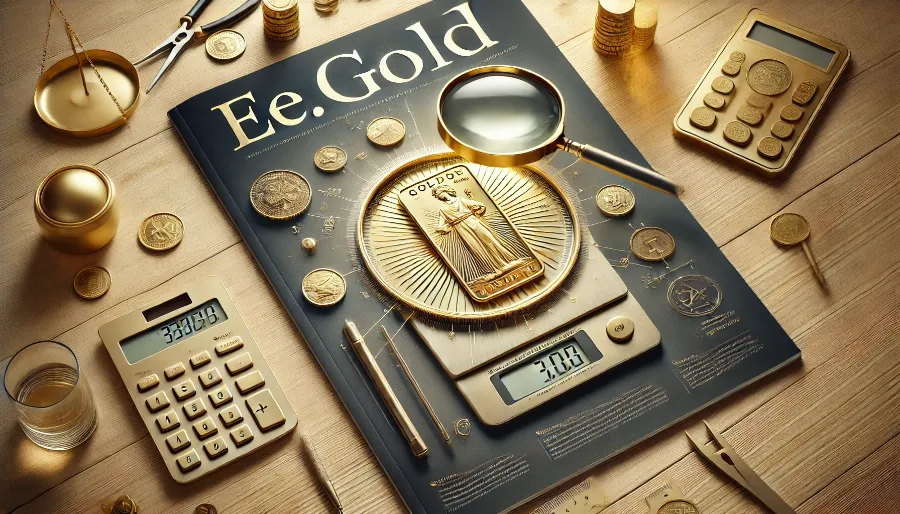
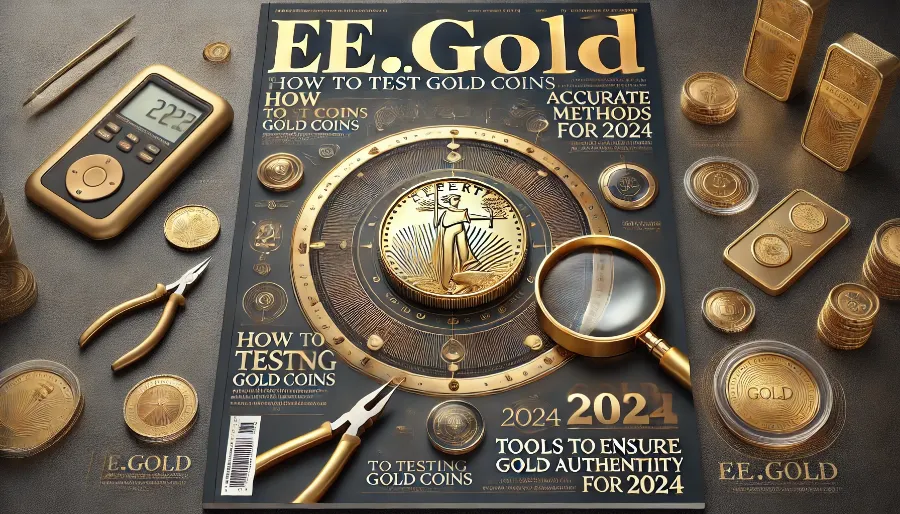

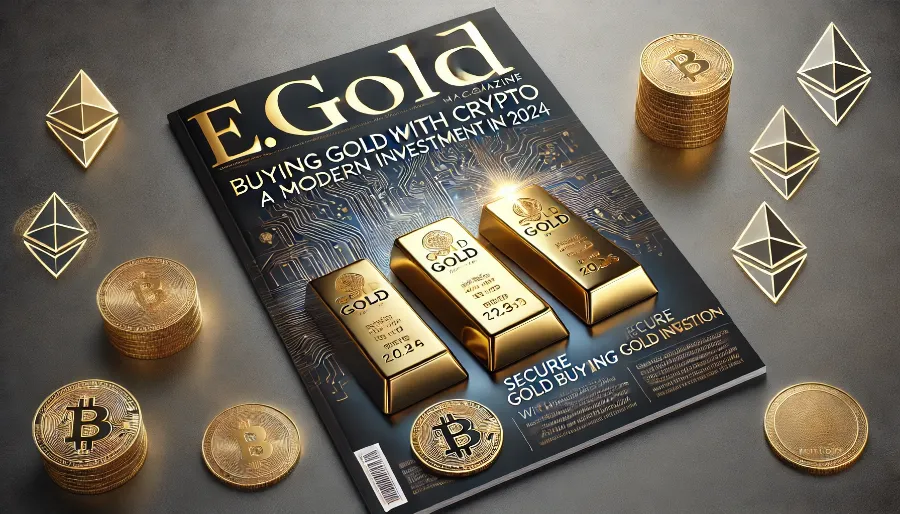
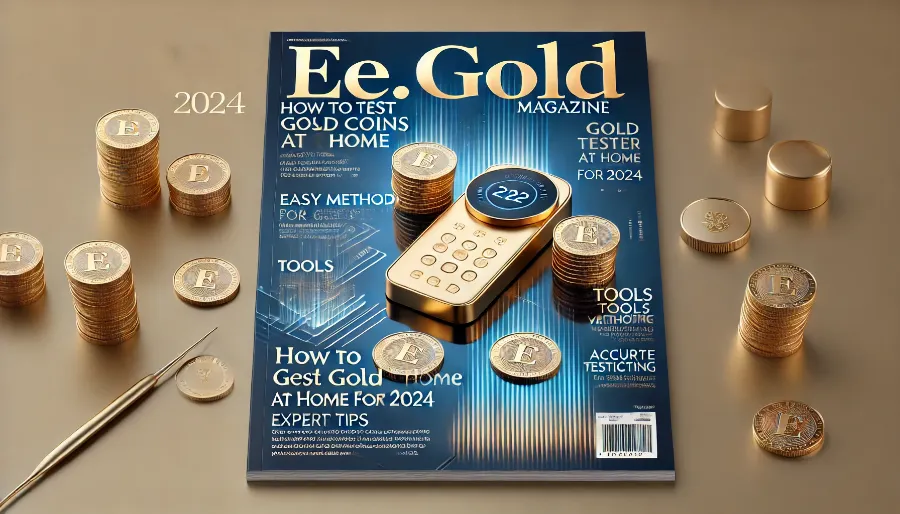
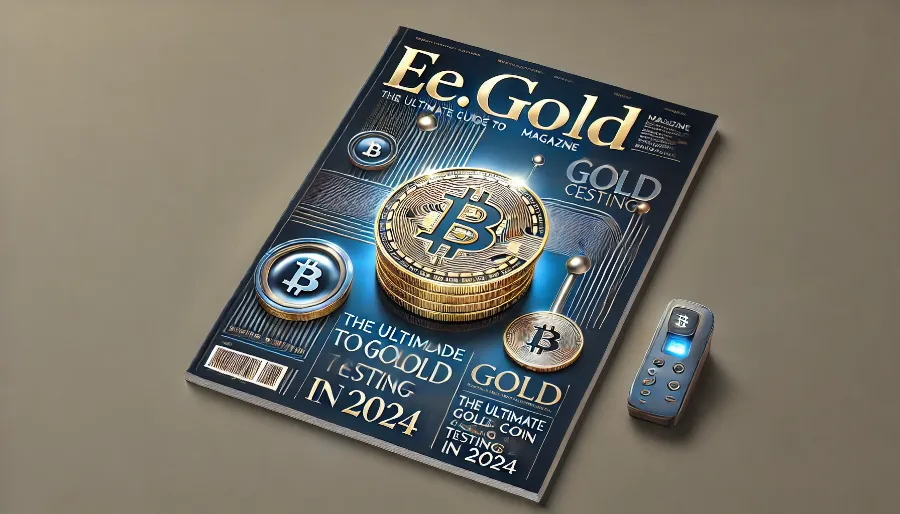



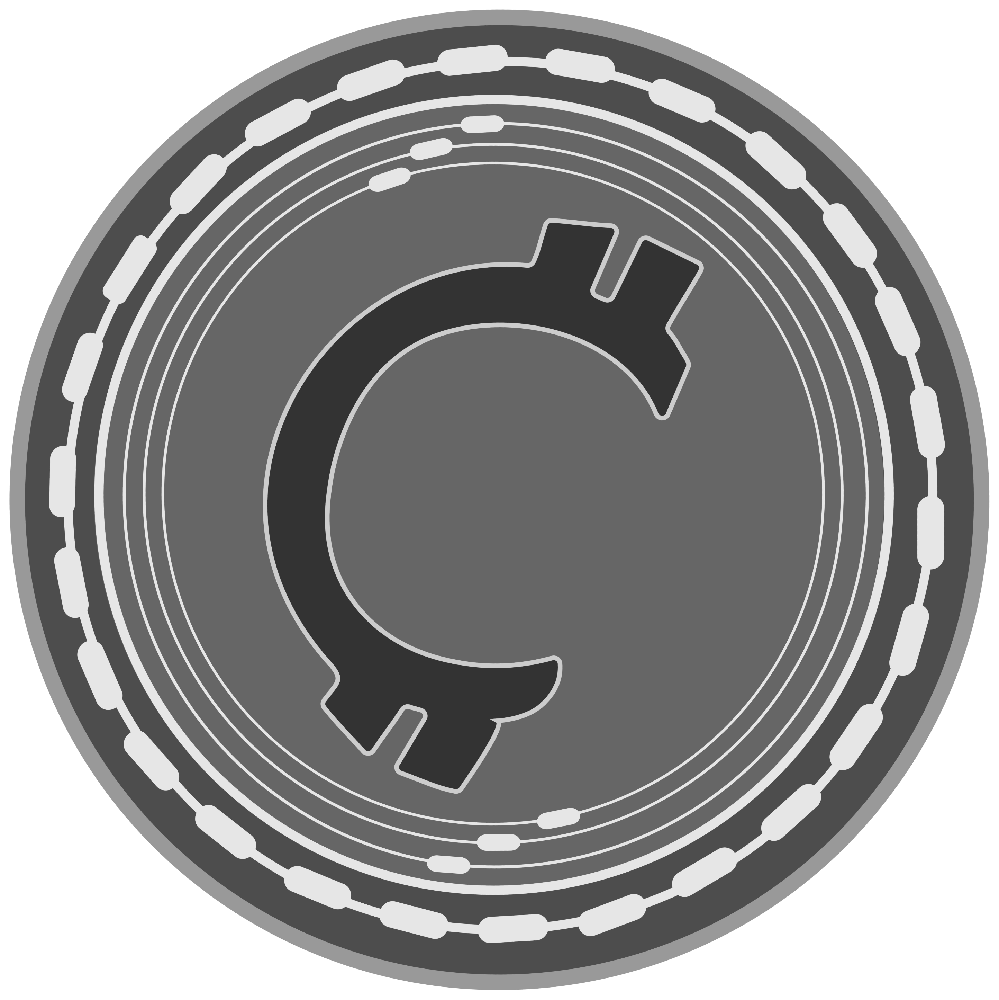
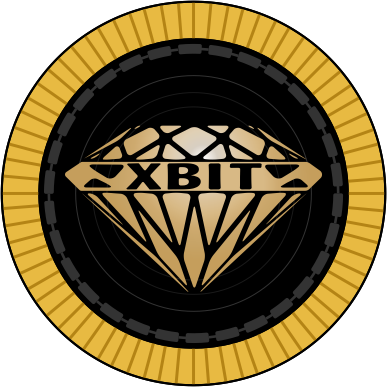
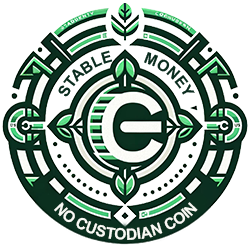

.png)

